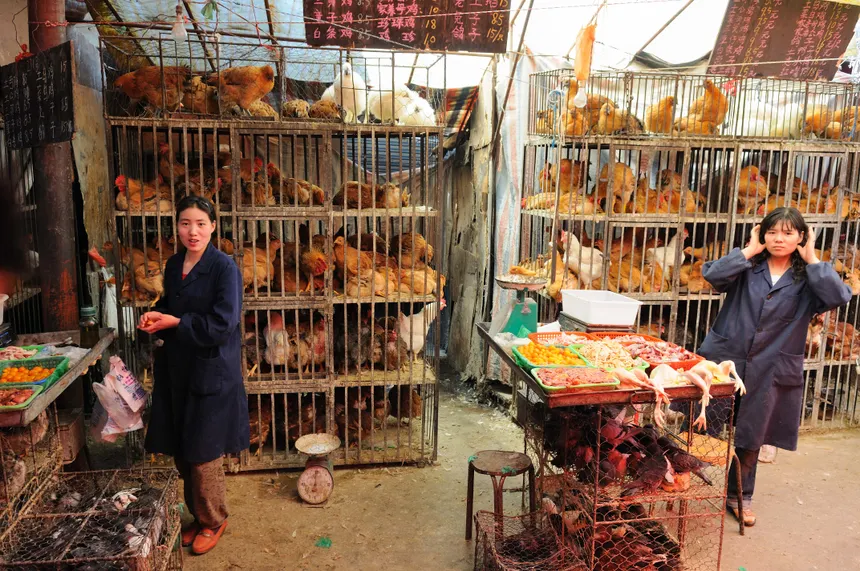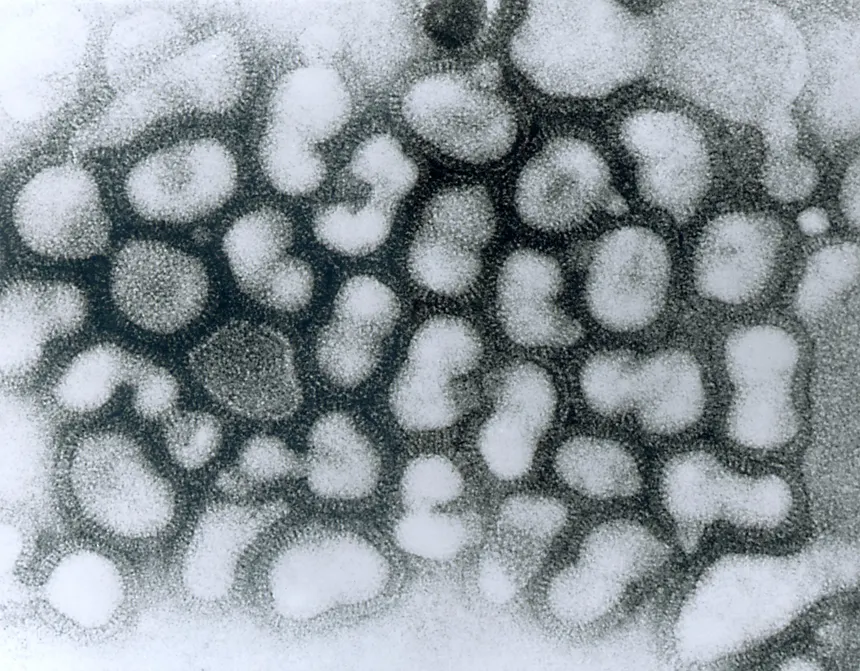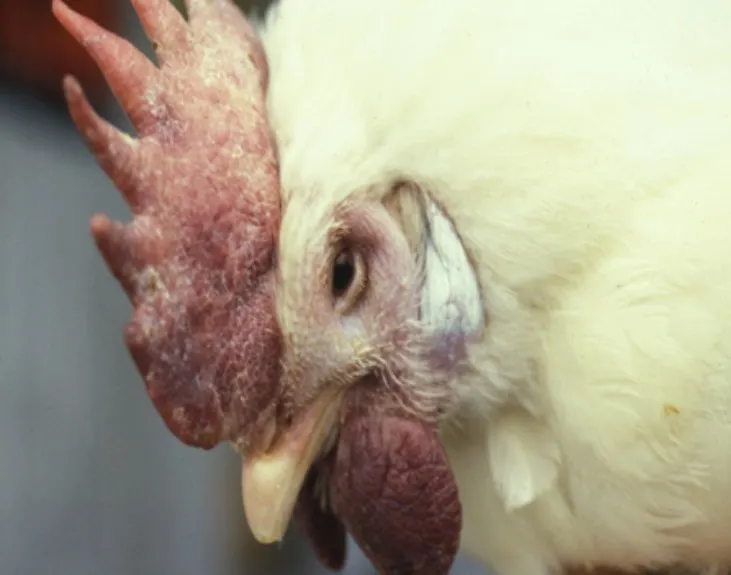The Growing Threat of Avian Flu
Avian Flu influenza, commonly known as bird flu, has been causing concern among global health organizations. Recent outbreaks in poultry farms and wild birds have alarmed scientists, who fear the virus could mutate and spread among humans. The World Health Organization (WHO), Centers for Disease Control and Prevention (CDC), and other global agencies are closely monitoring the situation to prevent another pandemic like COVID-19.
As global travel and trade continue to expand, the risk of infectious diseases spreading across borders increases. This makes it even more critical for health authorities to remain vigilant and proactive in their response to potential threats. Scientists are particularly concerned about zoonotic diseases—those that can transfer from animals to humans—since these have historically been the source of major pandemics, including COVID-19 and the 1918 Spanish flu.

What Is Avian Flu? Understanding the Virus
Avian flu is a highly contagious virus that primarily affects birds but has the potential to infect humans under certain conditions. The most common strains include:
- H5N1: A highly fatal strain that has been spreading in birds and has occasionally infected humans. This strain has a high mortality rate, making it one of the most concerning variants.
- H7N9: Another dangerous strain that has caused severe human infections in the past. This virus has shown signs of mutating in ways that could increase its ability to infect people.
- H5N8: A newer strain that has led to mass culling of poultry worldwide. While it has mostly been found in birds, experts warn that any mutation could make it a greater threat to human populations.
While most cases remain limited to birds, the concern arises when the virus jumps to humans, as it did in previous outbreaks. Cross-species transmission occurs when humans come into direct or indirect contact with infected birds, contaminated surfaces, or environments. People who work in poultry farming, live animal markets, and veterinary fields are particularly at risk.
Recent Avian Flu Outbreaks and Their Impact
The latest outbreaks have been reported across multiple continents, with devastating effects on poultry farming and public health.
1. Outbreaks in the U.S. and Europe
- The United States recently detected H5N1 in wild birds and some commercial poultry farms, leading to significant economic losses.
- Europe has witnessed large-scale infections in poultry farms, leading to mass culling to prevent further spread. Countries such as France, the Netherlands, and Germany have implemented strict biosecurity measures to contain the virus.

2. Asia Faces Rising Cases
- In China, H5N6 infections have been reported in humans, raising concerns about possible transmission. Several patients have been hospitalized with severe respiratory symptoms, prompting increased surveillance.
- India and Japan have also reported avian flu outbreaks, prompting increased surveillance and mass culling of infected flocks.
- In Southeast Asia, countries like Vietnam and Indonesia are stepping up monitoring efforts to prevent spillover infections in humans.
3. Africa and South America Join the Fight
- Several African nations, including Nigeria and South Africa, have seen a rise in avian flu cases, leading to import restrictions and disruptions in the poultry industry.
- South American countries are increasing biosecurity measures to prevent the virus from spreading. Brazil, one of the world’s largest poultry exporters, has heightened screening at farms and processing plants.
The economic impact of avian flu outbreaks is significant. Millions of birds are being culled to prevent the spread, causing food shortages and financial losses for farmers and businesses. In some countries, poultry prices have skyrocketed, and consumers are facing increased costs for eggs and meat.

How Health Organizations Are Responding
Global health agencies have intensified efforts to control avian flu outbreaks and prevent human infections.
1. WHO’s Global Surveillance and Research
- WHO is working with scientists worldwide to track mutations in avian flu strains.
- They are analyzing whether the virus has the potential for human-to-human transmission.
- Collaborative research projects are being launched to study how the virus evolves and how it might respond to vaccines and treatments.
2. CDC’s Precautionary Measures
- The CDC is monitoring avian flu cases in the U.S. and testing vaccines against the virus.
- They are advising poultry farmers and workers to take strict precautions, including wearing protective equipment when handling birds.
- The agency is also conducting public awareness campaigns to inform people about the risks associated with avian flu.
3. Government Interventions
- Countries are enforcing quarantine measures and mass culling to stop outbreaks.
- Travel restrictions and poultry import bans have been imposed in some regions.
- Some governments are offering financial aid to poultry farmers affected by culling measures to reduce economic burdens.
- Researchers are working on new rapid detection tests to identify infected flocks before the virus spreads.
Could Avian Flu Become the Next Pandemic?
Scientists fear that if avian flu mutates to allow human-to-human transmission, it could trigger a new pandemic.
- Mutation Risks: Some avian flu strains have already shown changes that make them more adaptable to humans. If a strain develops the ability to spread efficiently among humans, it could lead to an outbreak similar to COVID-19.
- Lessons from COVID-19: Experts stress the importance of early intervention, improved global cooperation, and preparedness to prevent another global health crisis.
- Vaccine Development: Scientists are working on vaccines that could be quickly adapted if avian flu spreads among humans. Several experimental vaccines are being tested, with a focus on broad-spectrum protection against multiple avian flu strains.
What Can People Do to Stay Safe?
While the risk of direct infection remains low for the general public, precautionary steps can help reduce the chances of exposure.
1. Avoid Contact with Sick Birds
- Farmers and bird handlers should wear protective gear and report any unusual bird deaths.
- Avoid touching dead or sick birds in parks and public areas.
- People visiting live poultry markets should be cautious and practice good hygiene.
2. Properly Cook Poultry and Eggs
- Cooking poultry to an internal temperature of 165°F (75°C) kills the virus.
- Avoid consuming raw or undercooked poultry products, including eggs.
- Be aware of food safety practices when handling raw meat to prevent cross-contamination.
3. Follow Health Guidelines
- Wash hands frequently with soap and water, especially after handling animals.
- Use sanitizers when necessary, particularly in areas where avian flu outbreaks have been reported.
- Get a seasonal flu vaccine, which may offer some protection against certain avian flu strains.
- Stay informed about health advisories from organizations like WHO and CDC.
Conclusion: The Need for Vigilance
Avian flu remains a significant global health concern. While current outbreaks are mostly contained within birds, experts warn that mutations could lead to human infections. Global organizations continue to monitor and respond to the situation, but public awareness and precautionary measures are crucial in preventing another pandemic.
Governments, scientists, and public health officials must work together to ensure effective disease surveillance, quick containment, and the development of vaccines and treatments. The world has learned valuable lessons from past pandemics, and with continued vigilance, another global crisis can be averted.
Do Follow USA Glory For More Updates.






